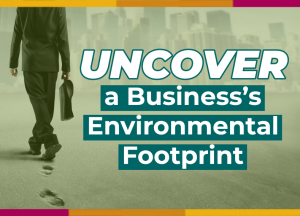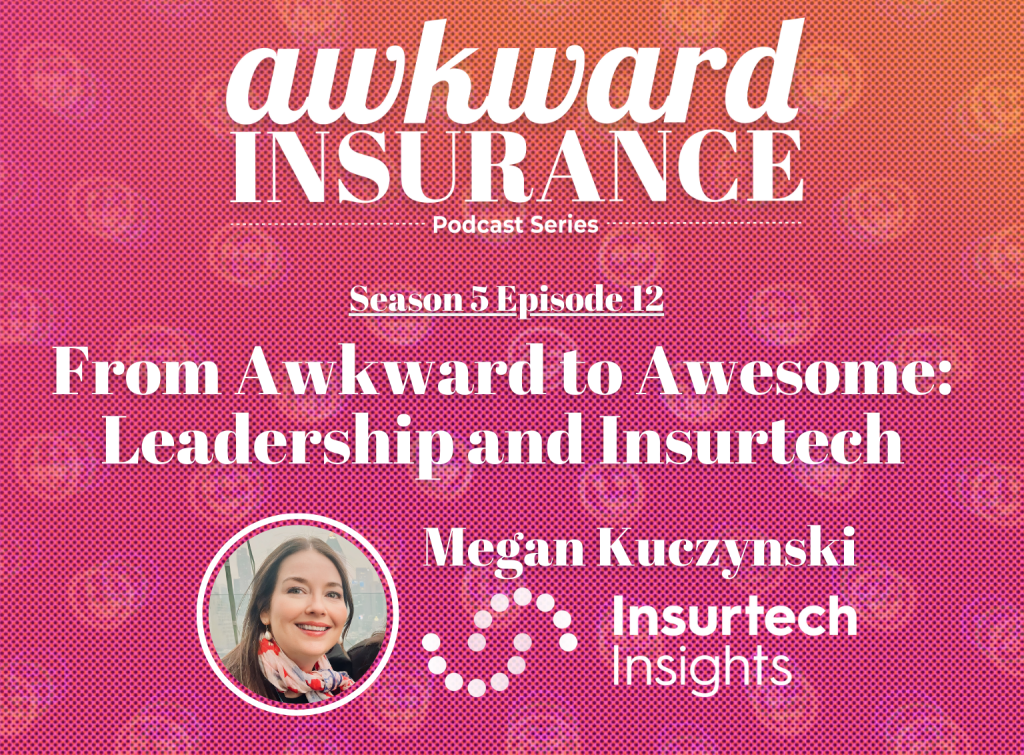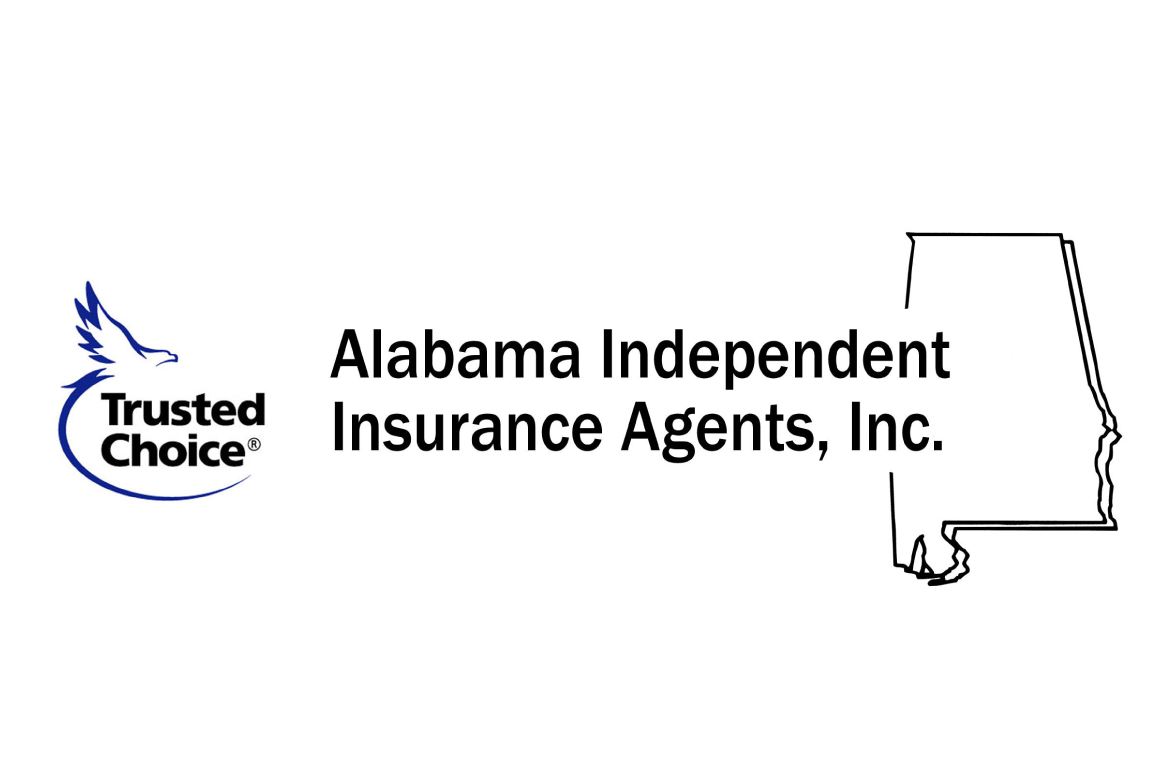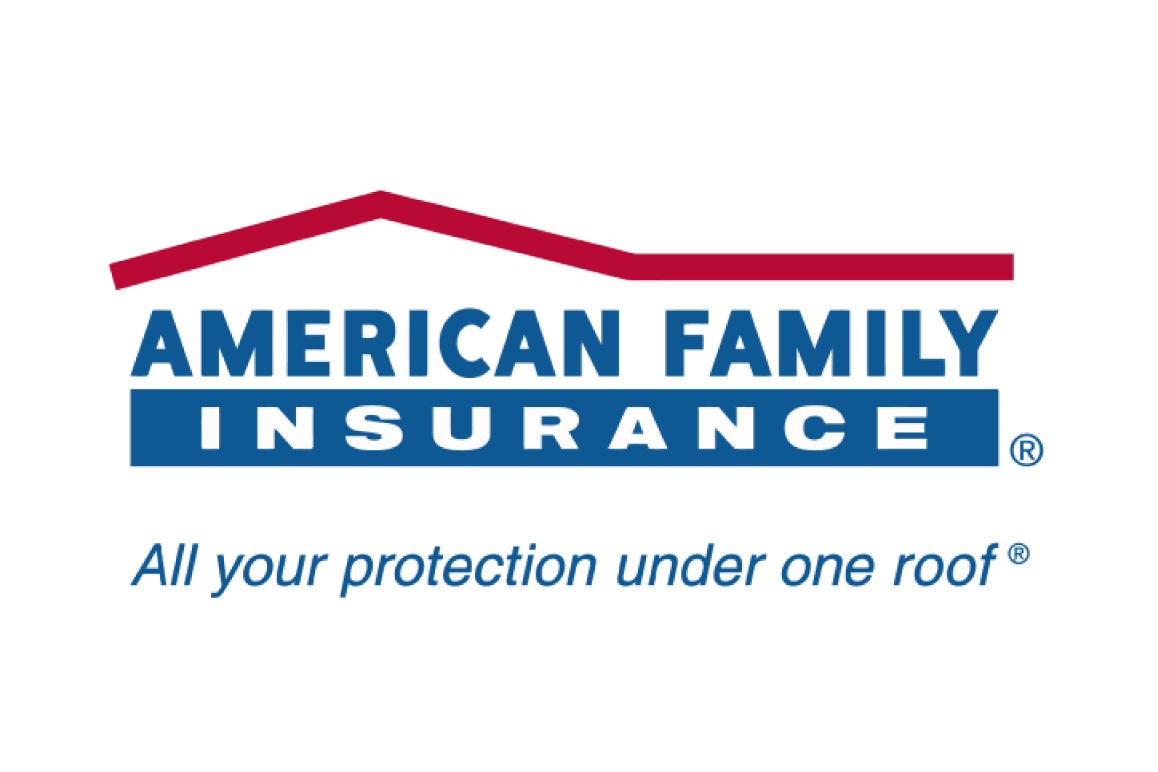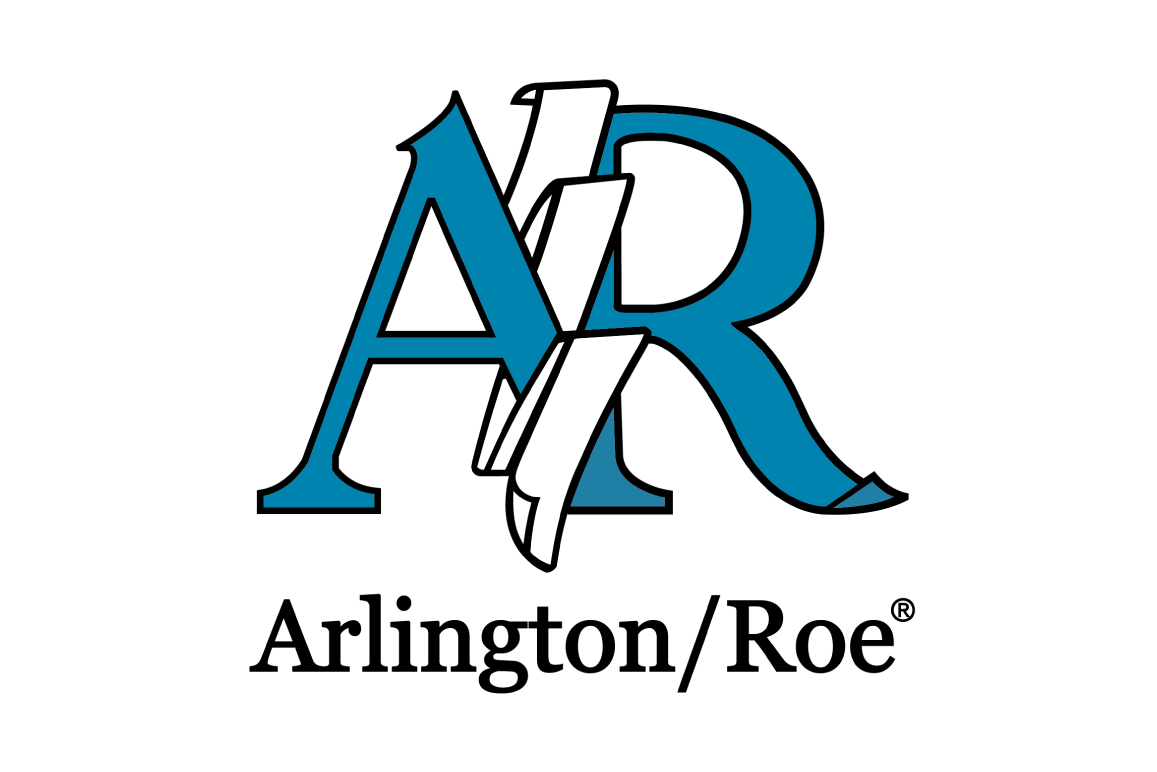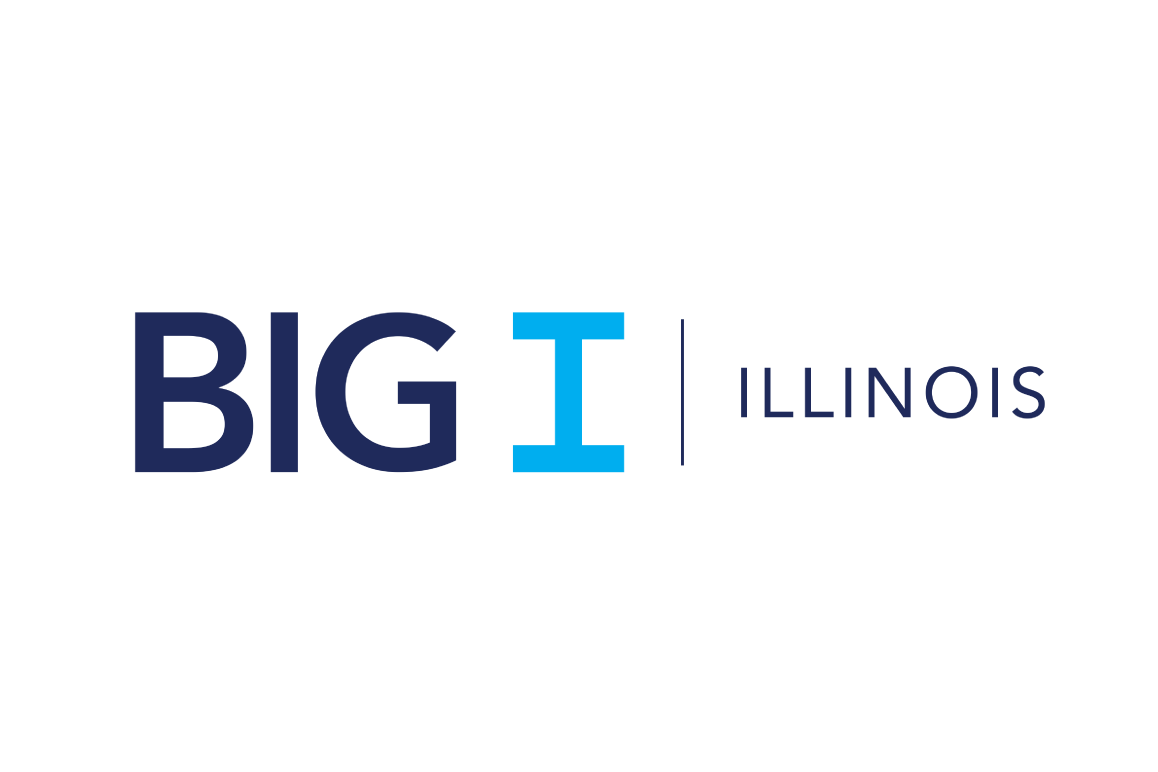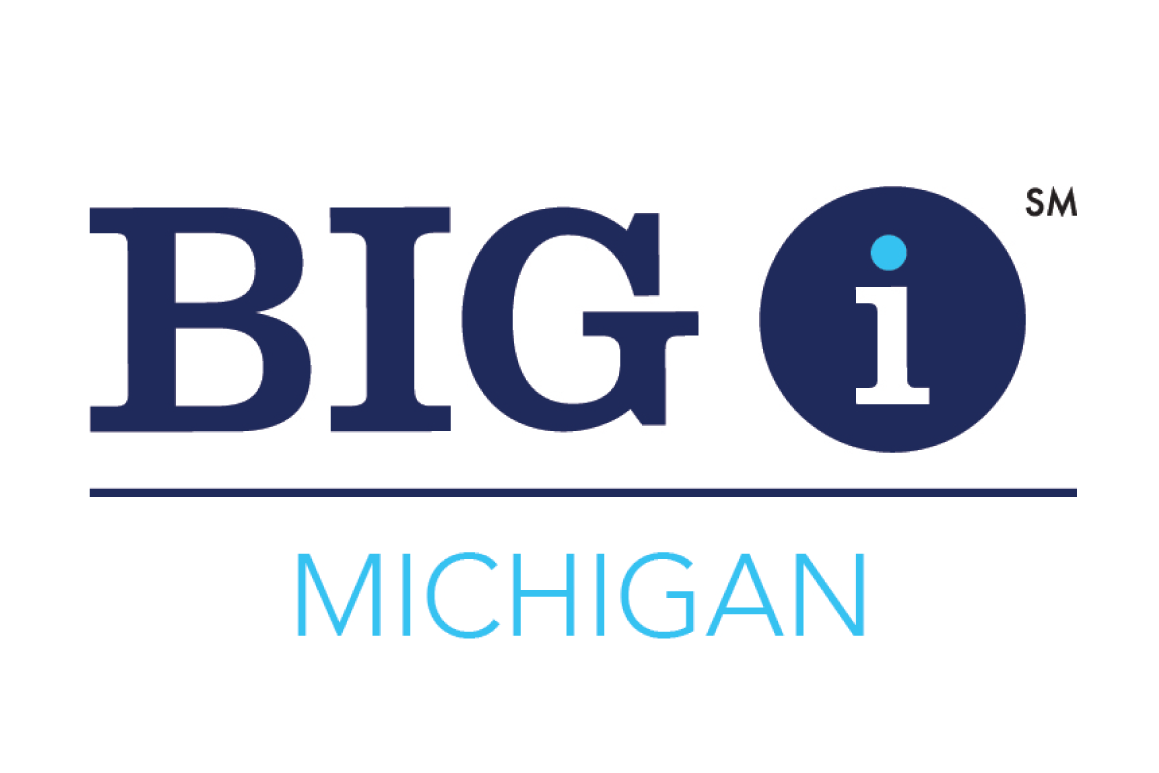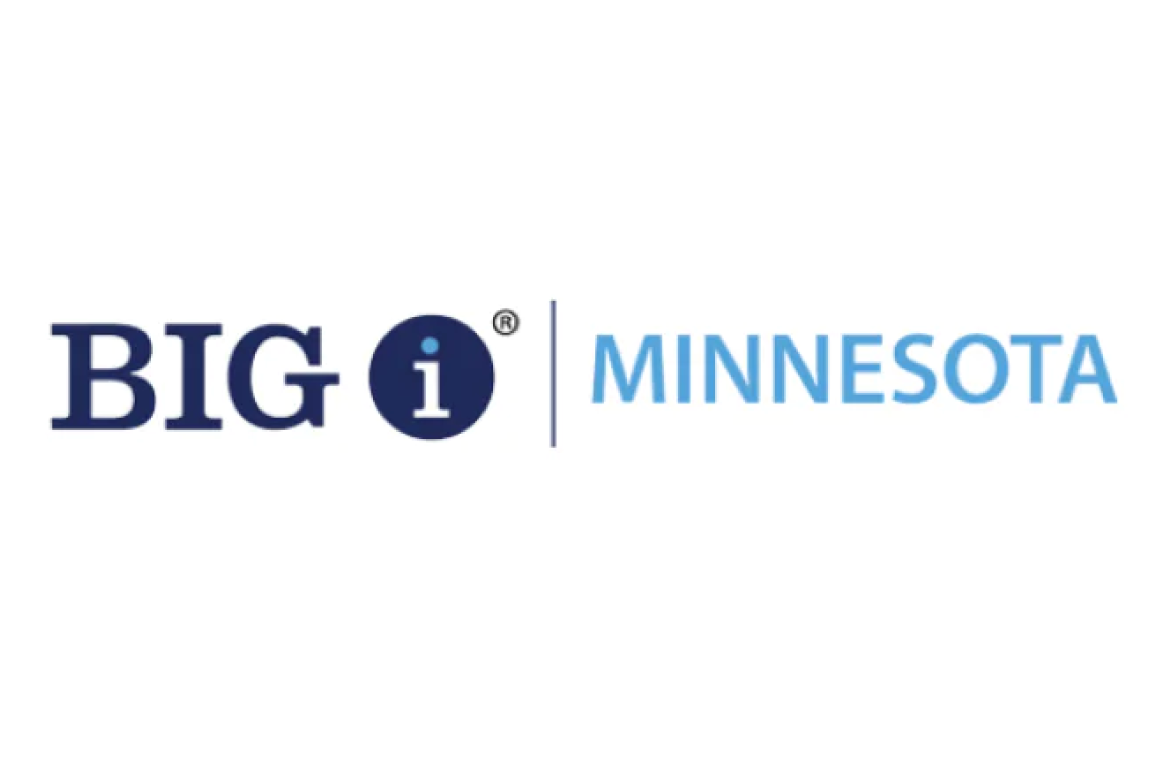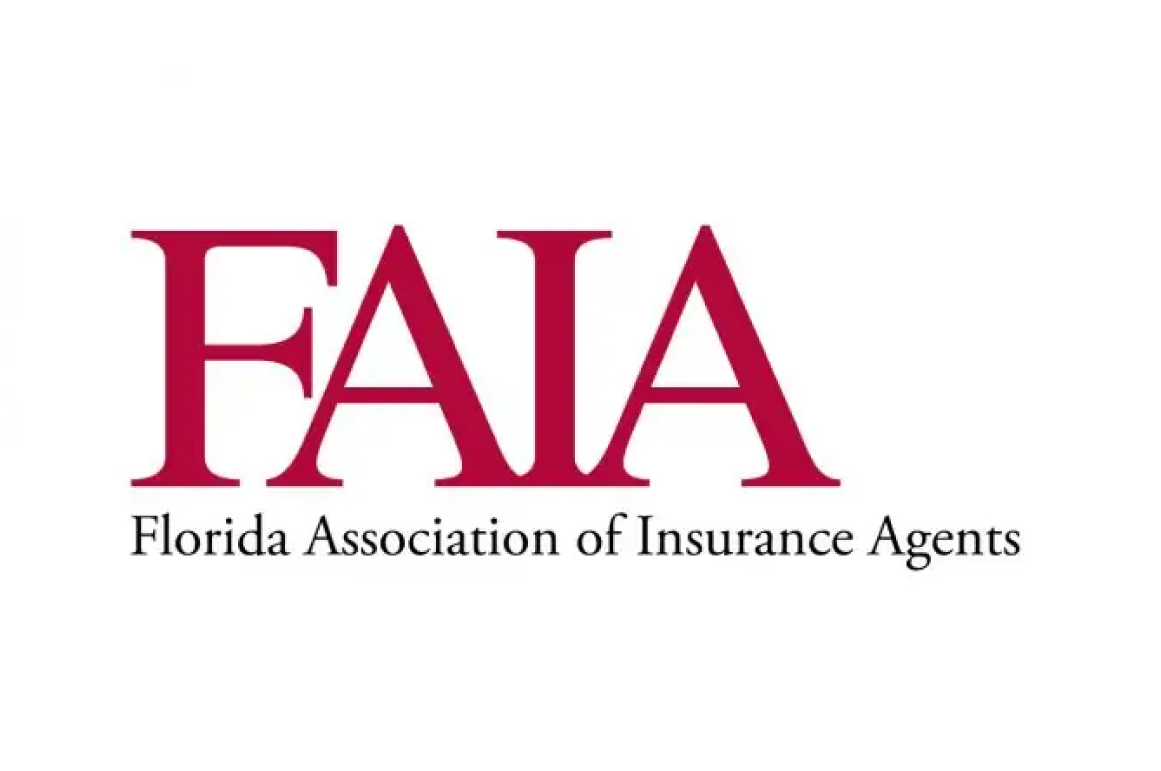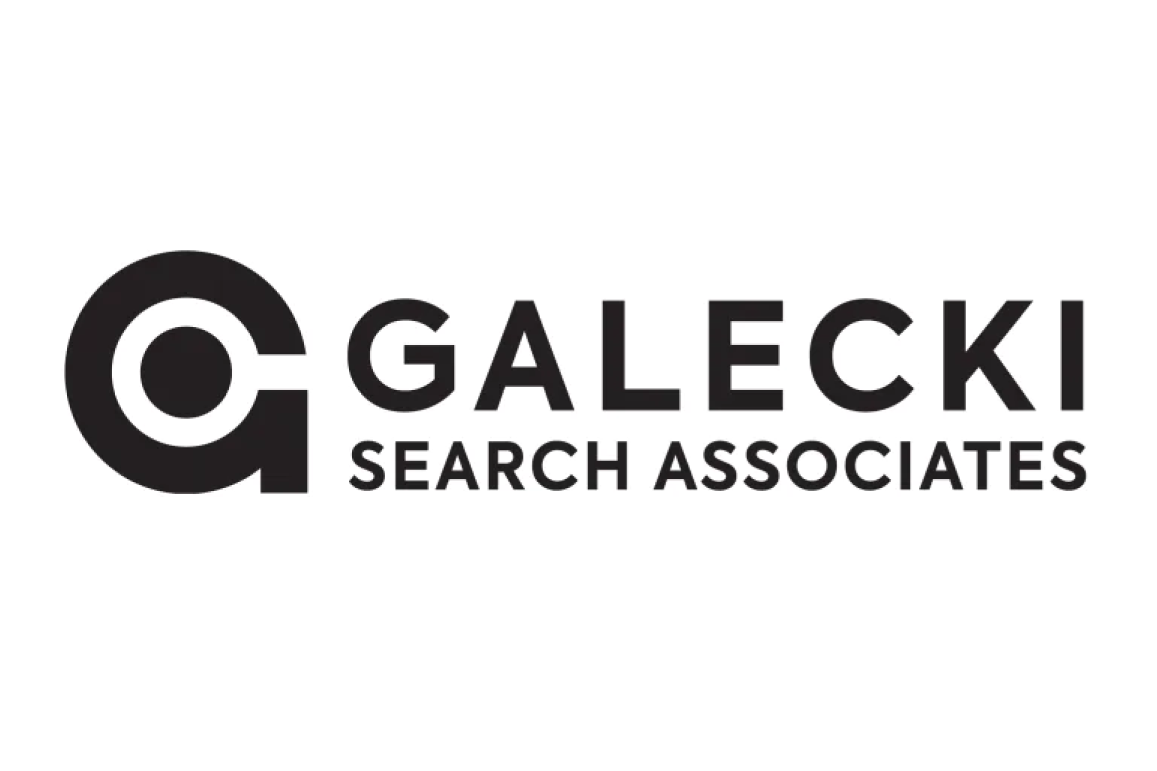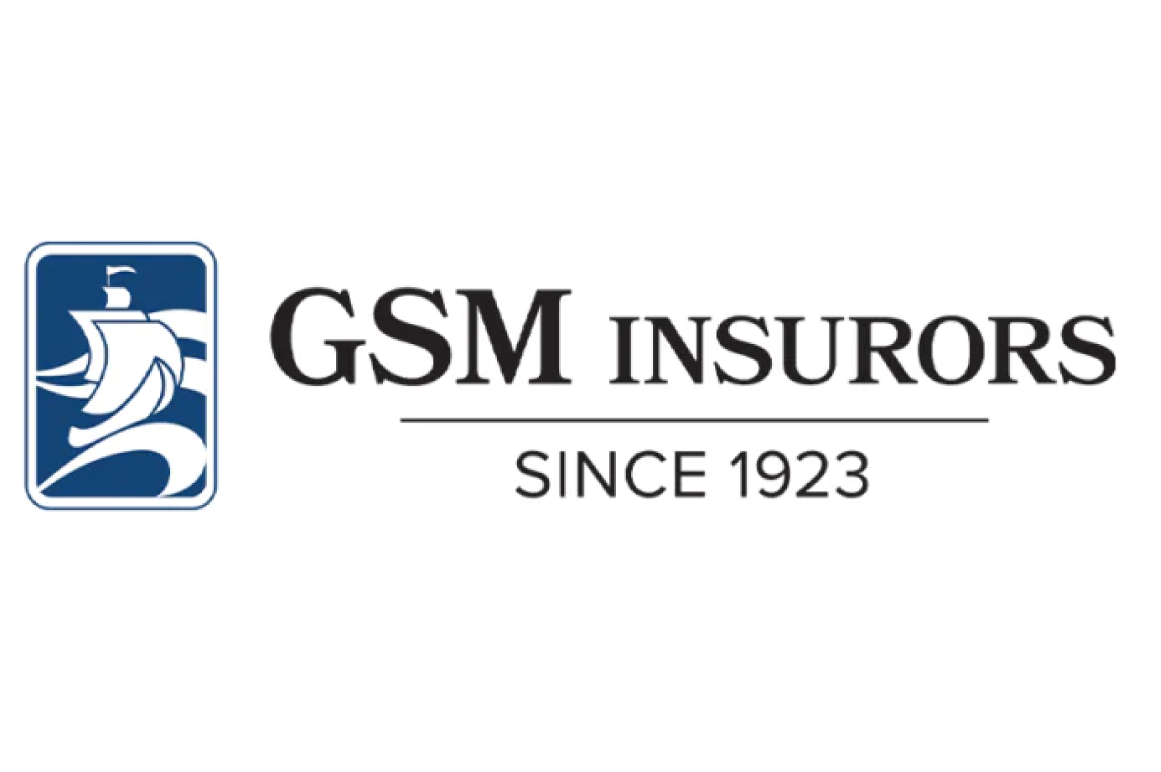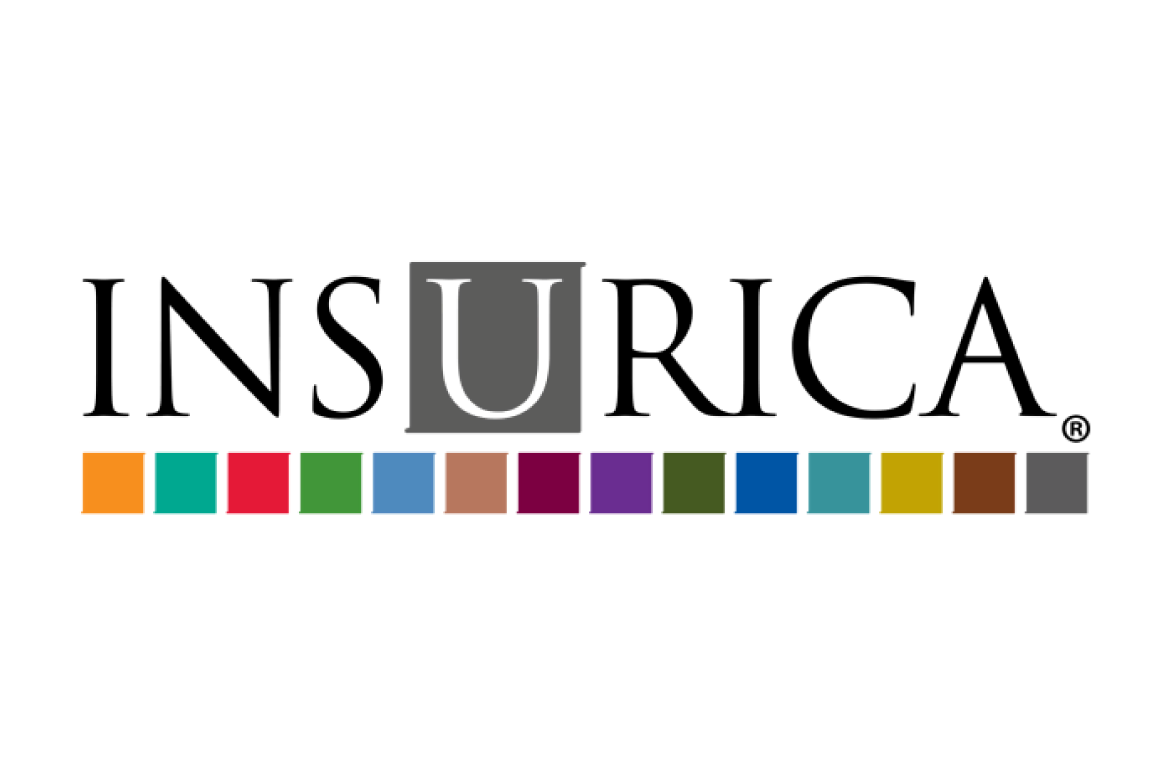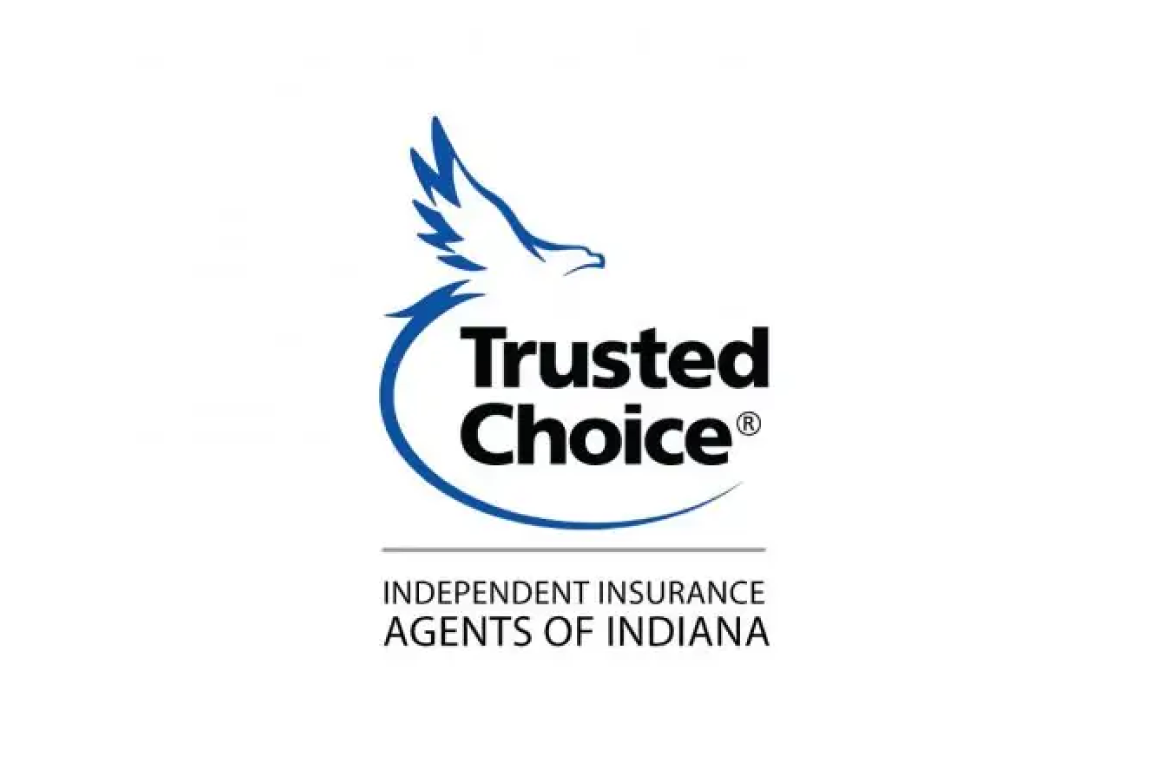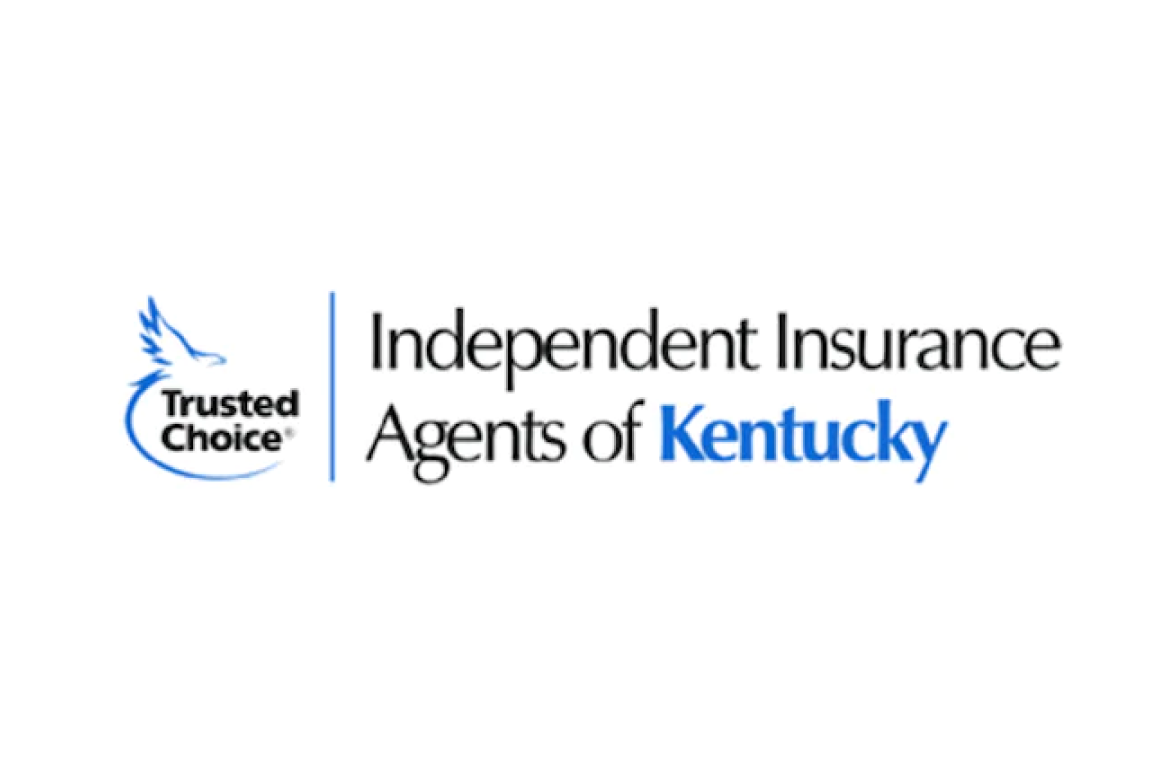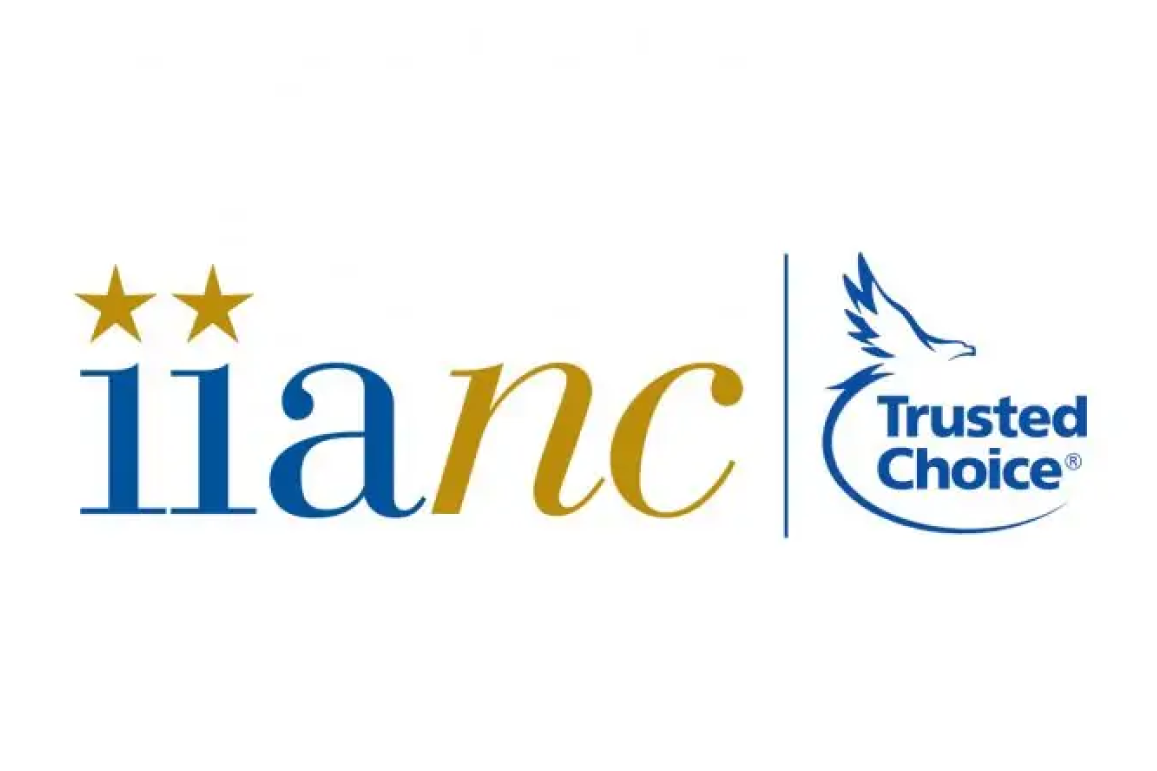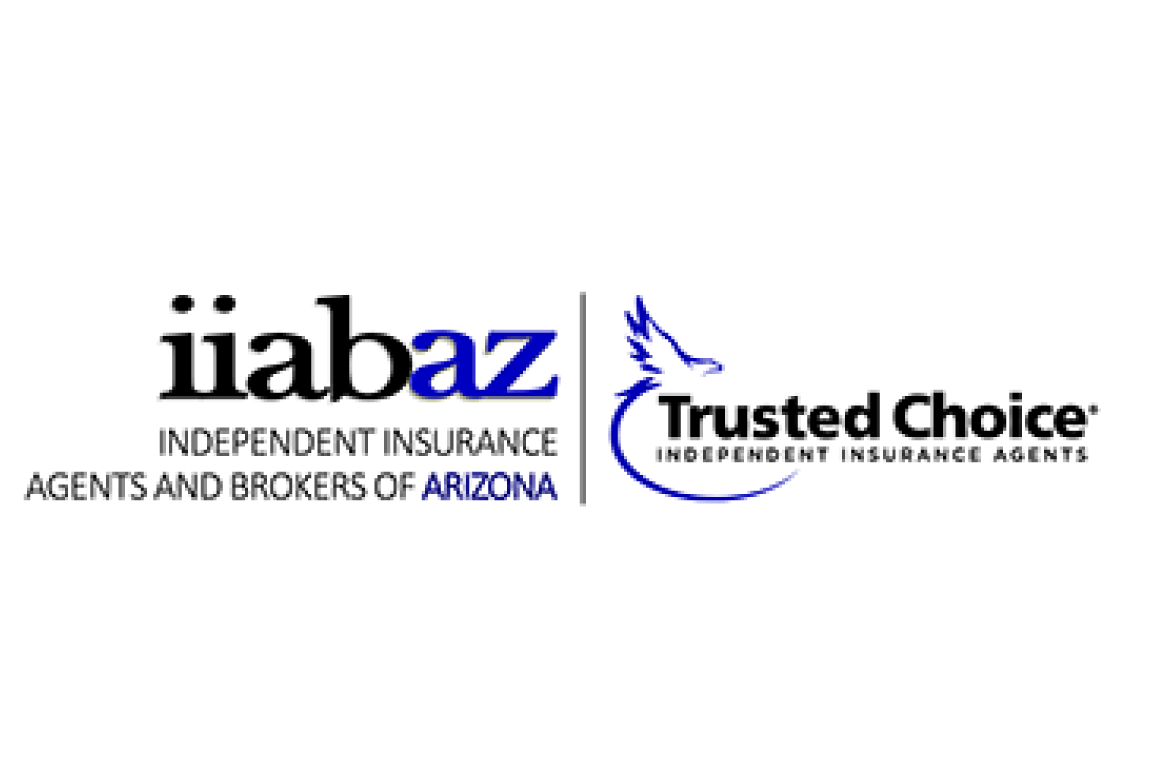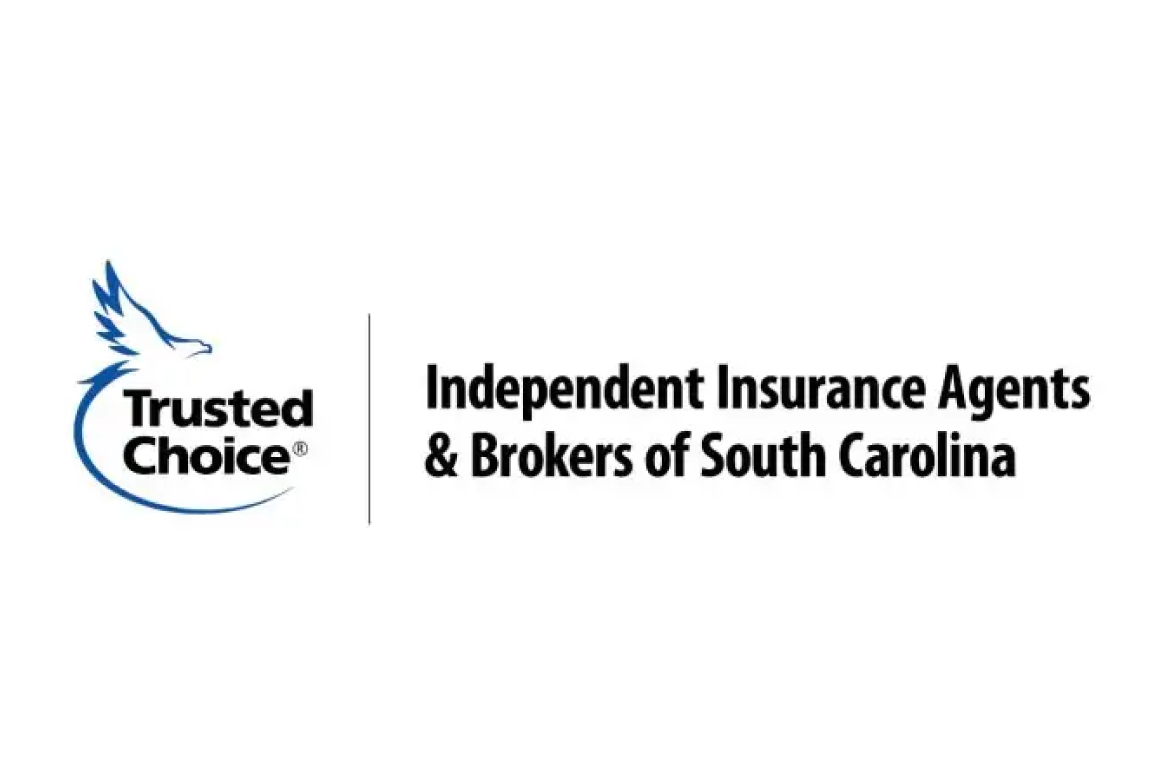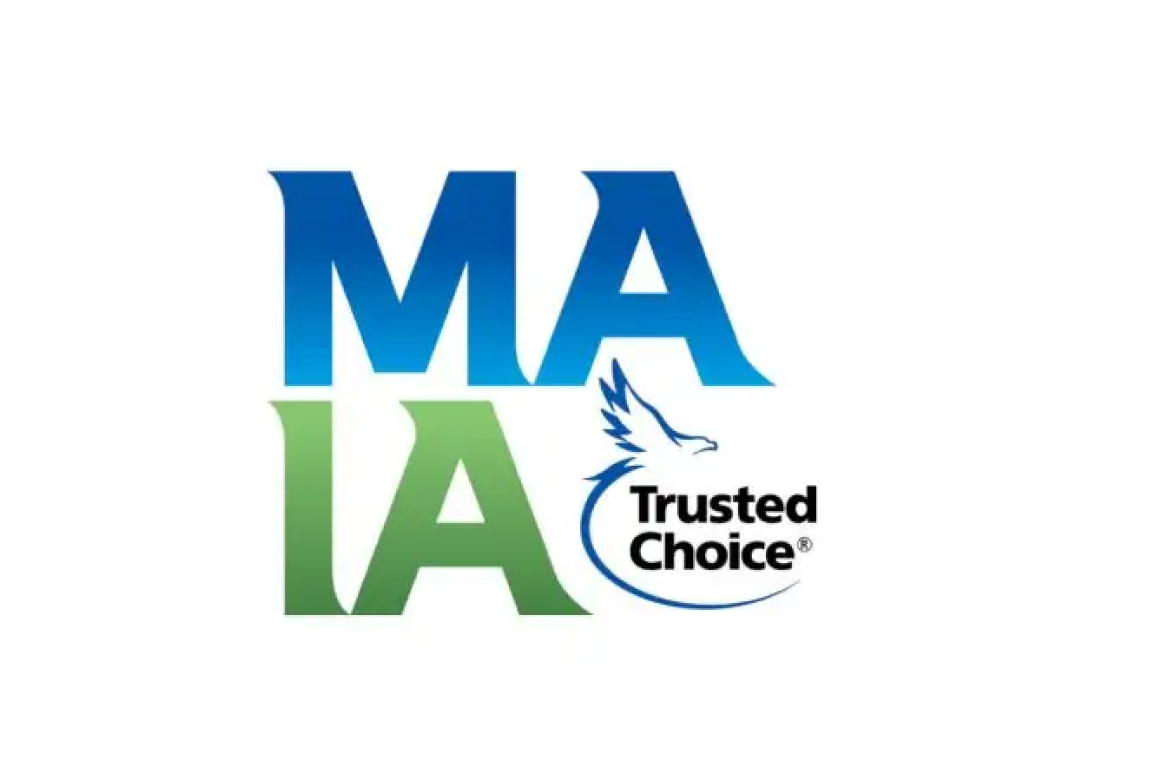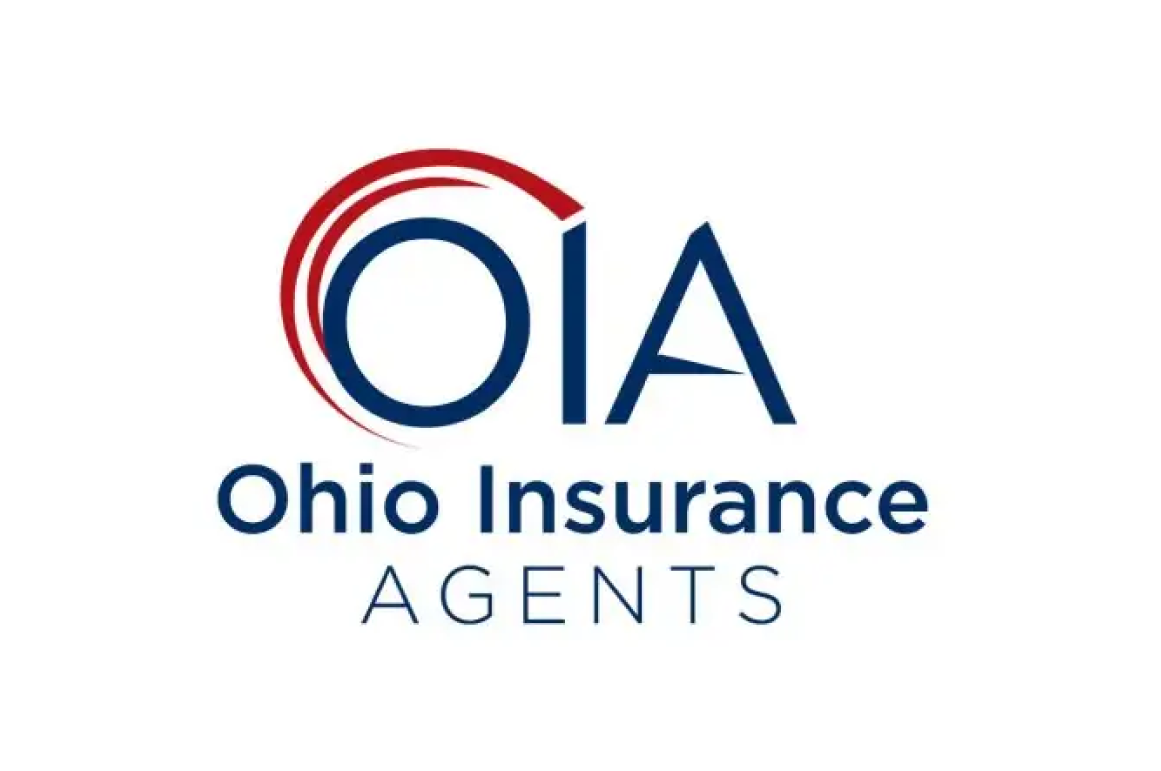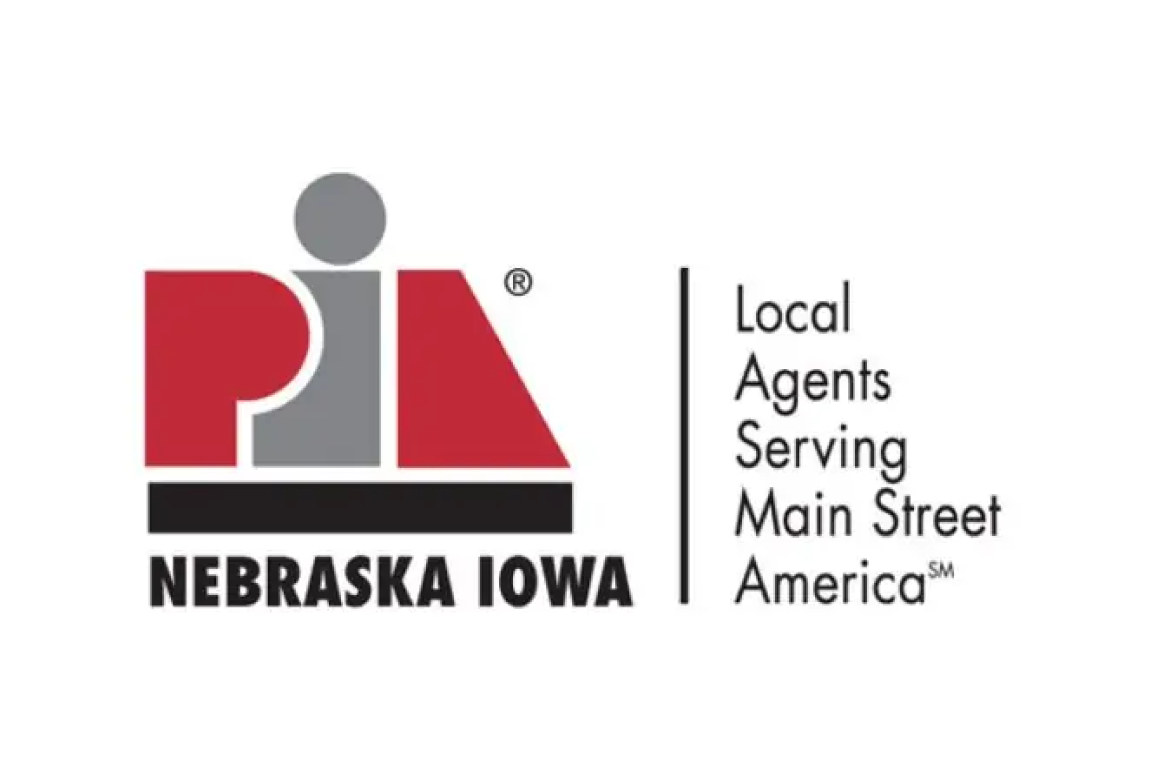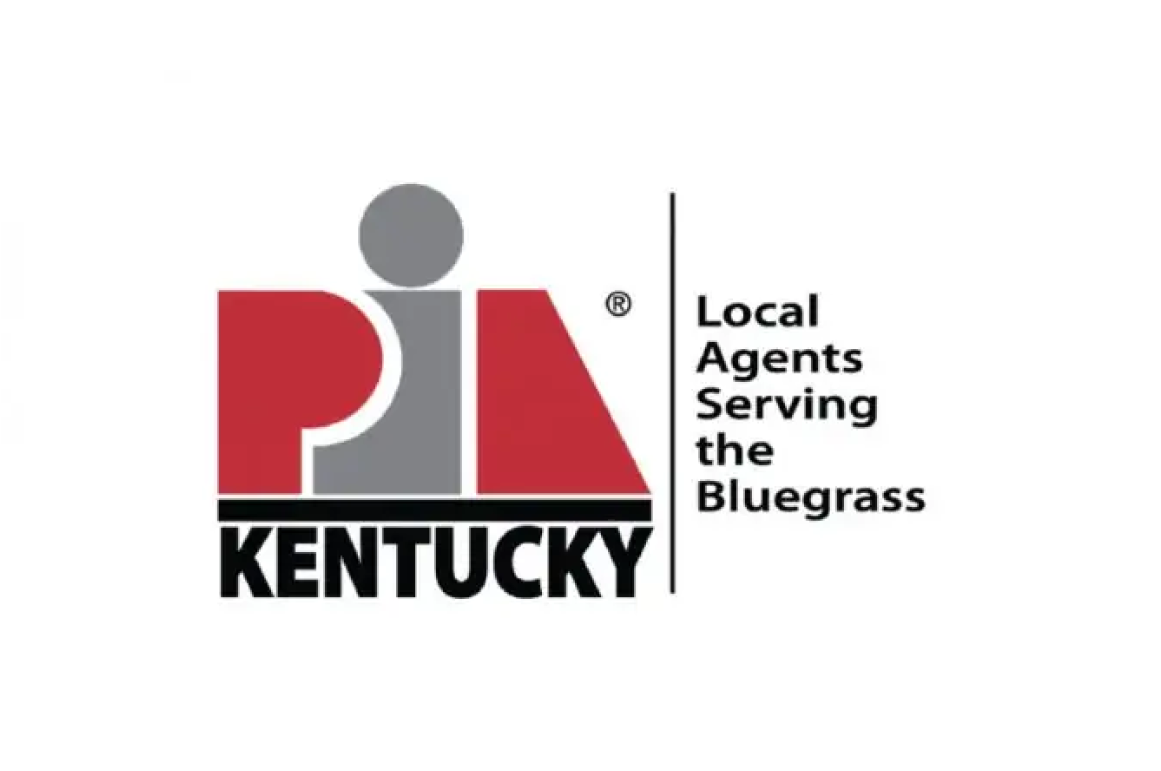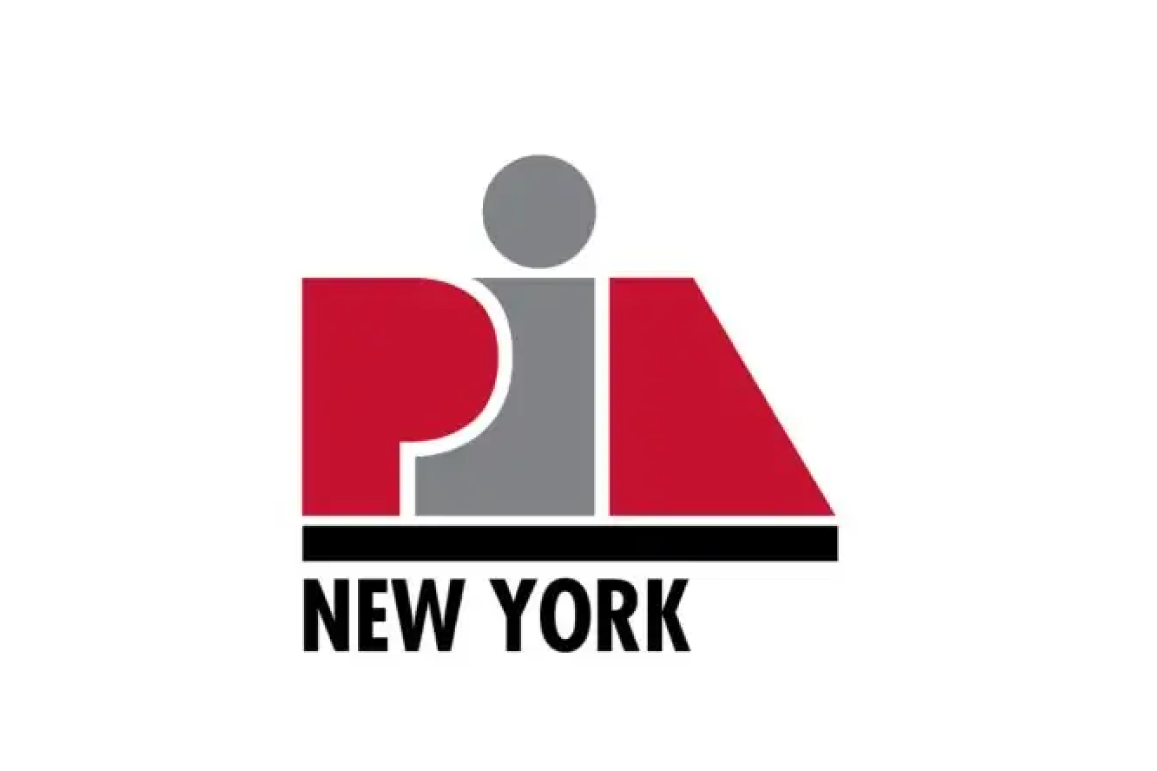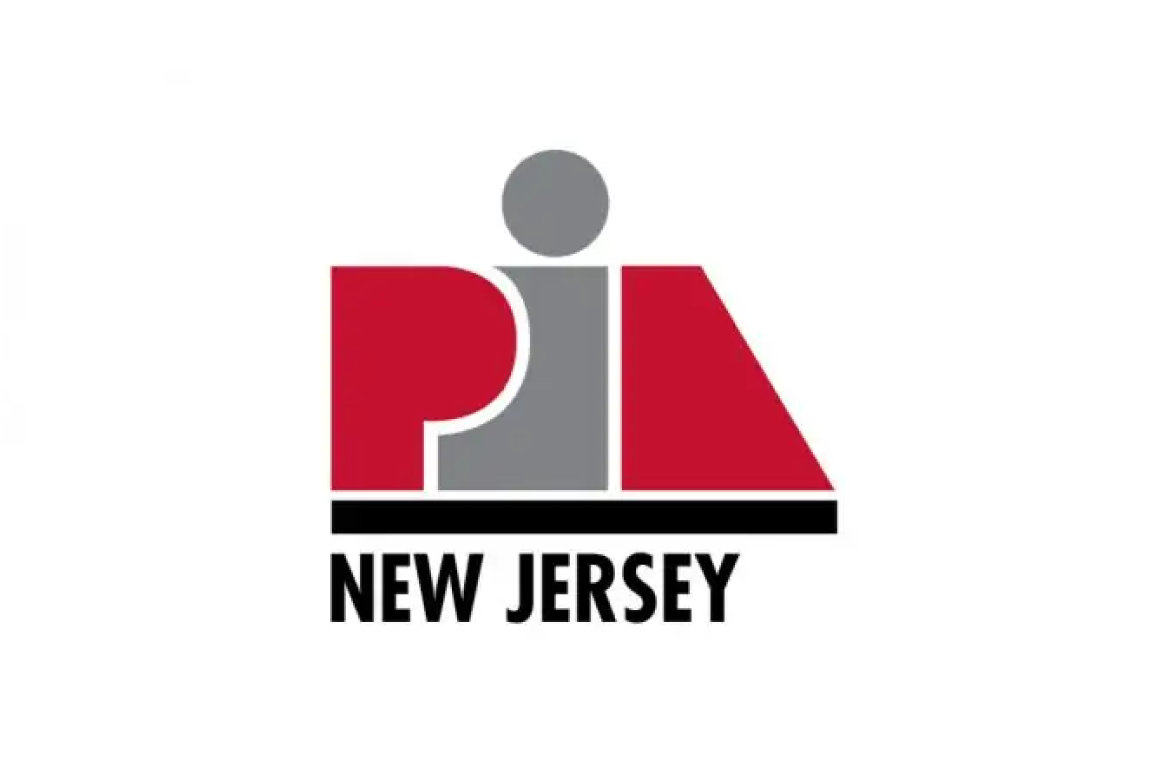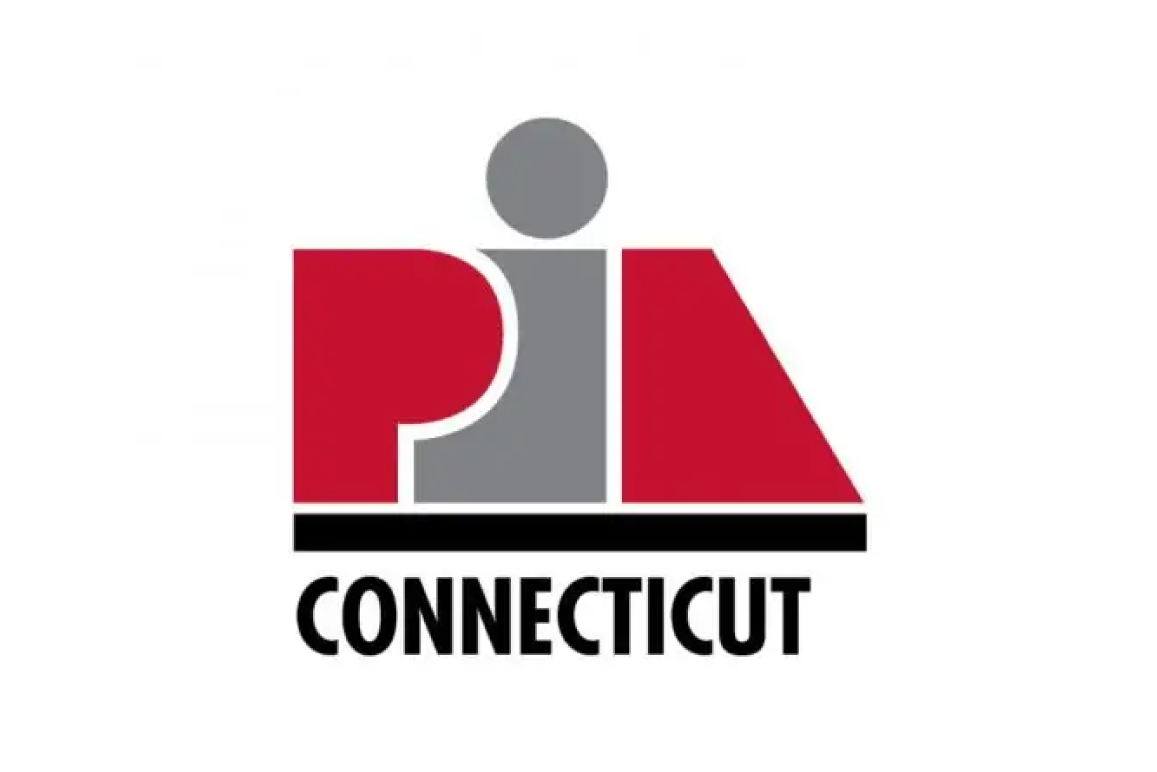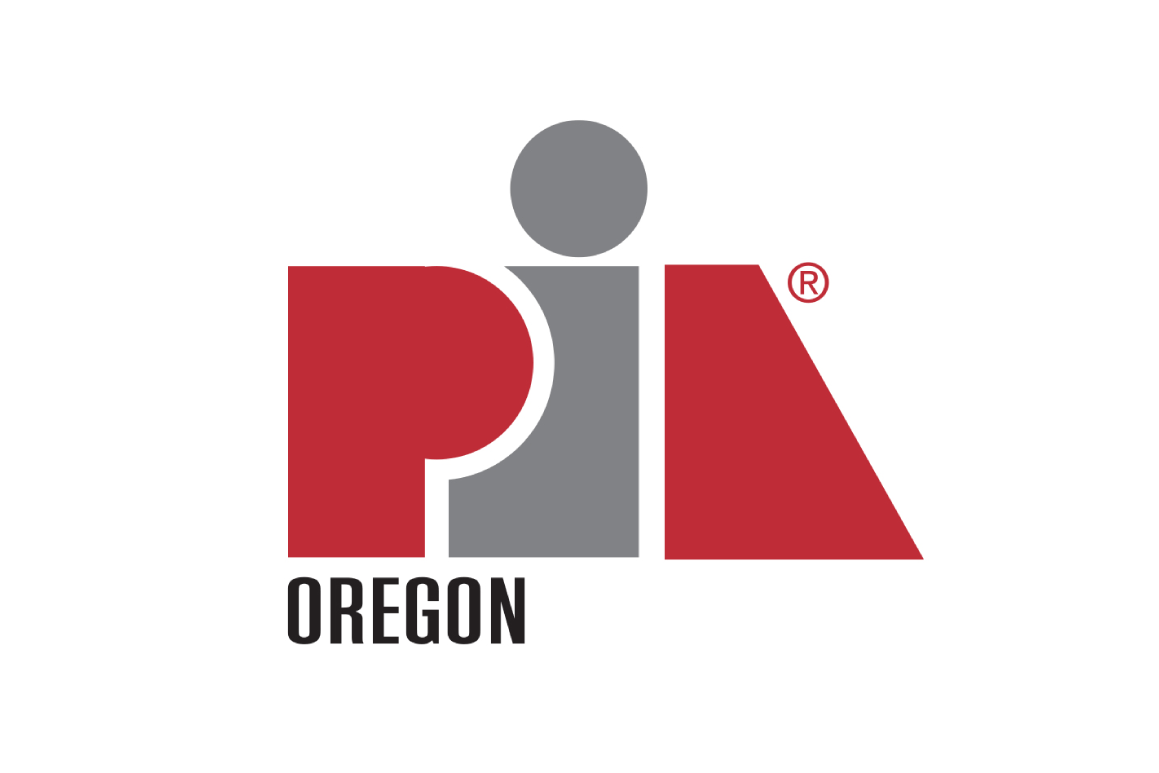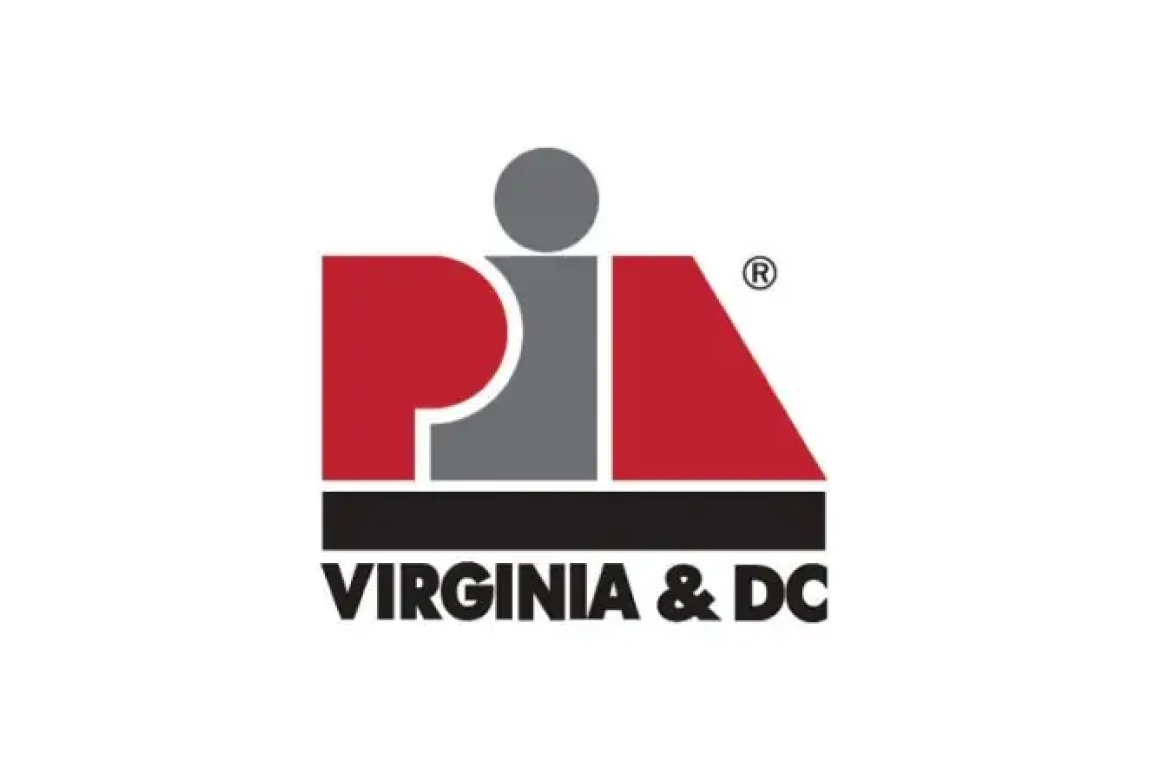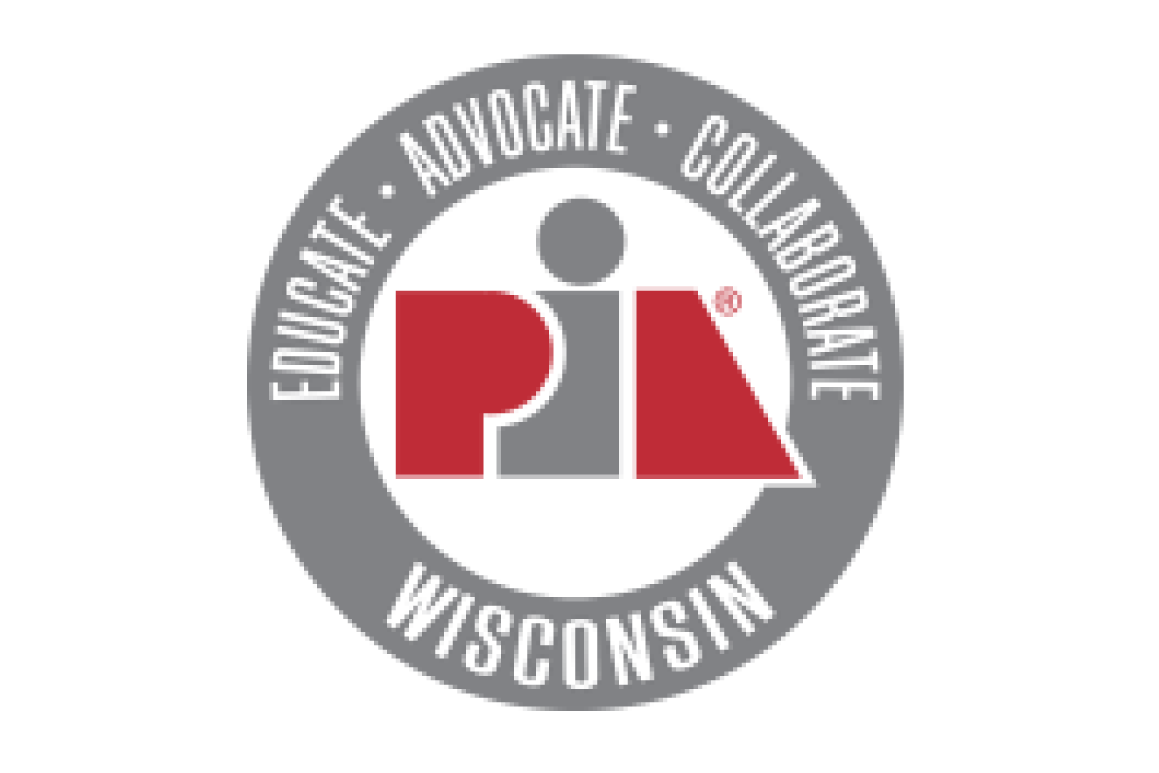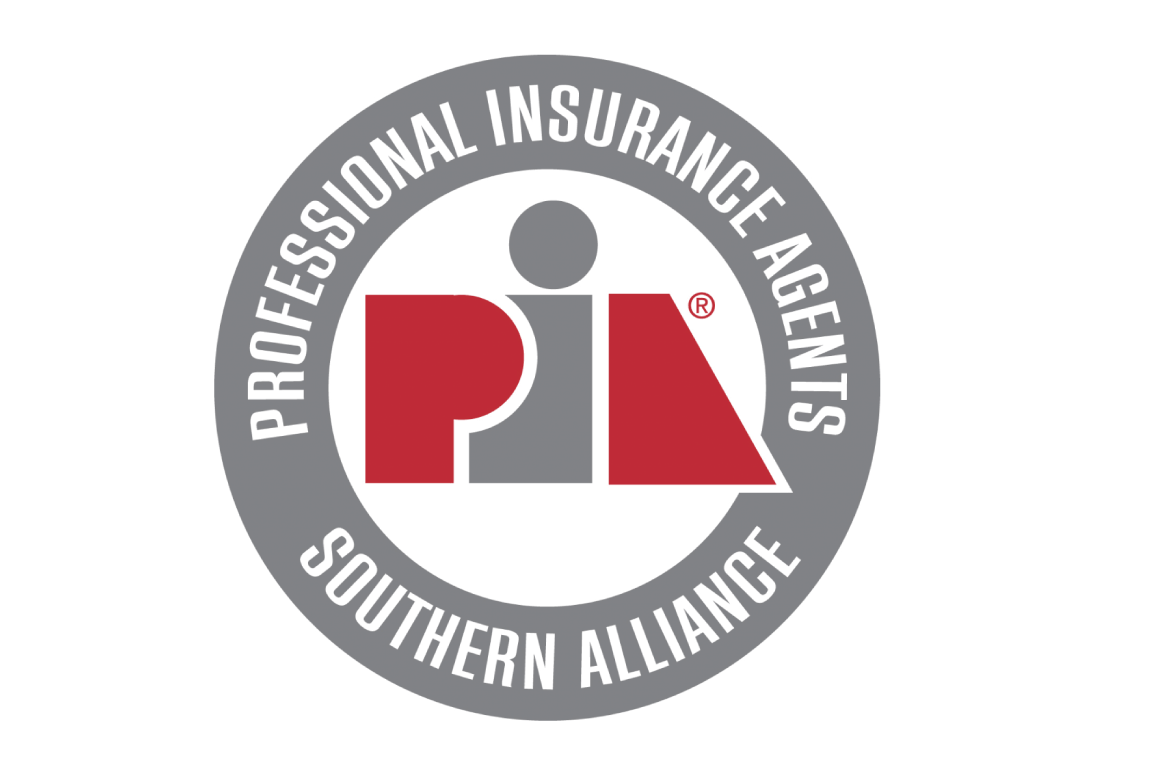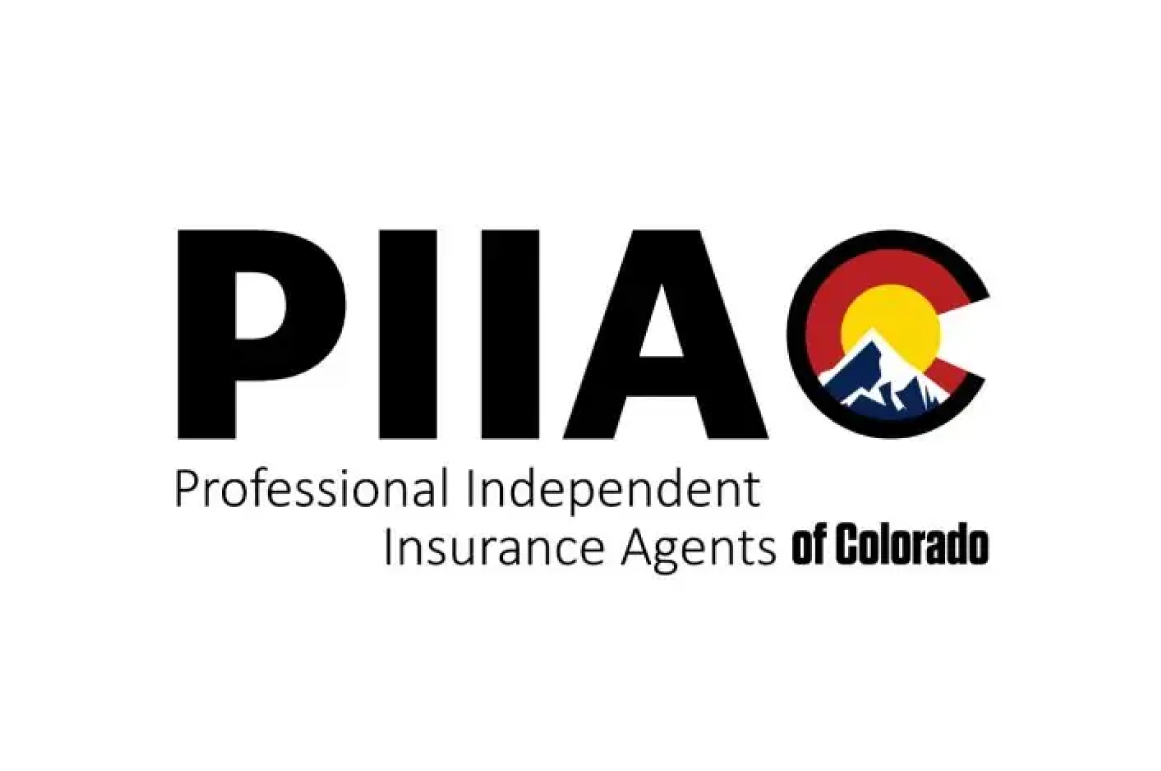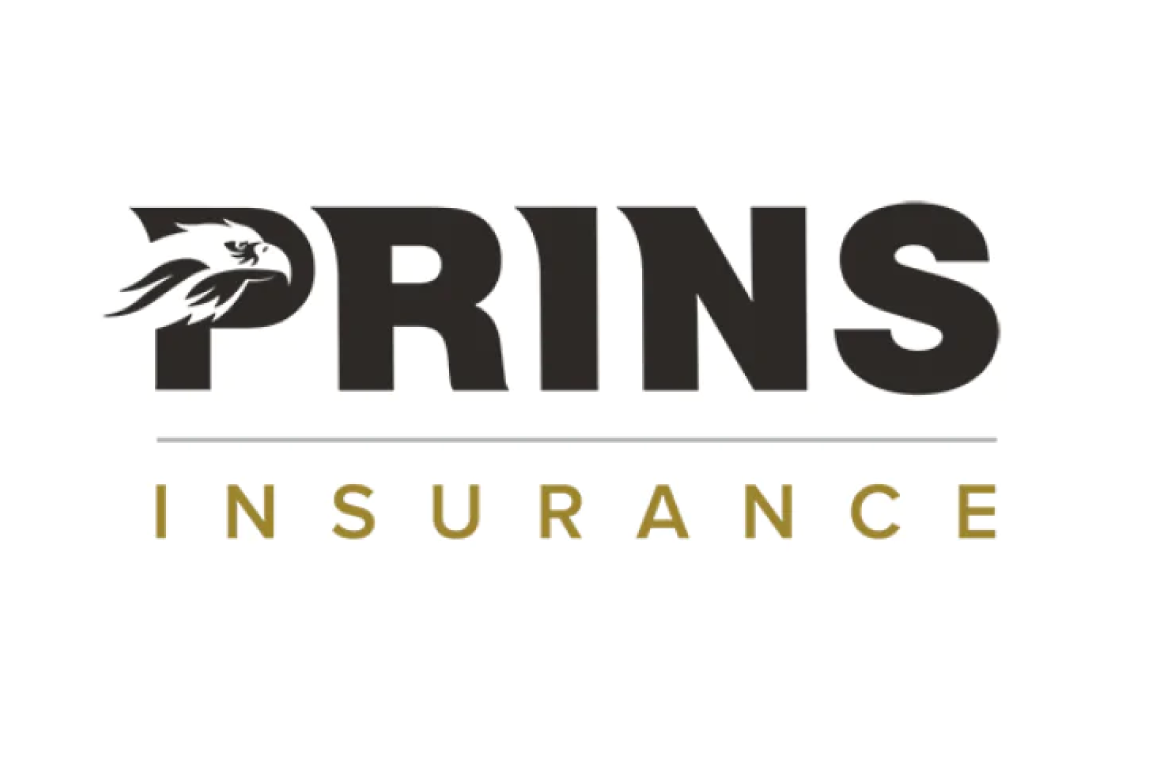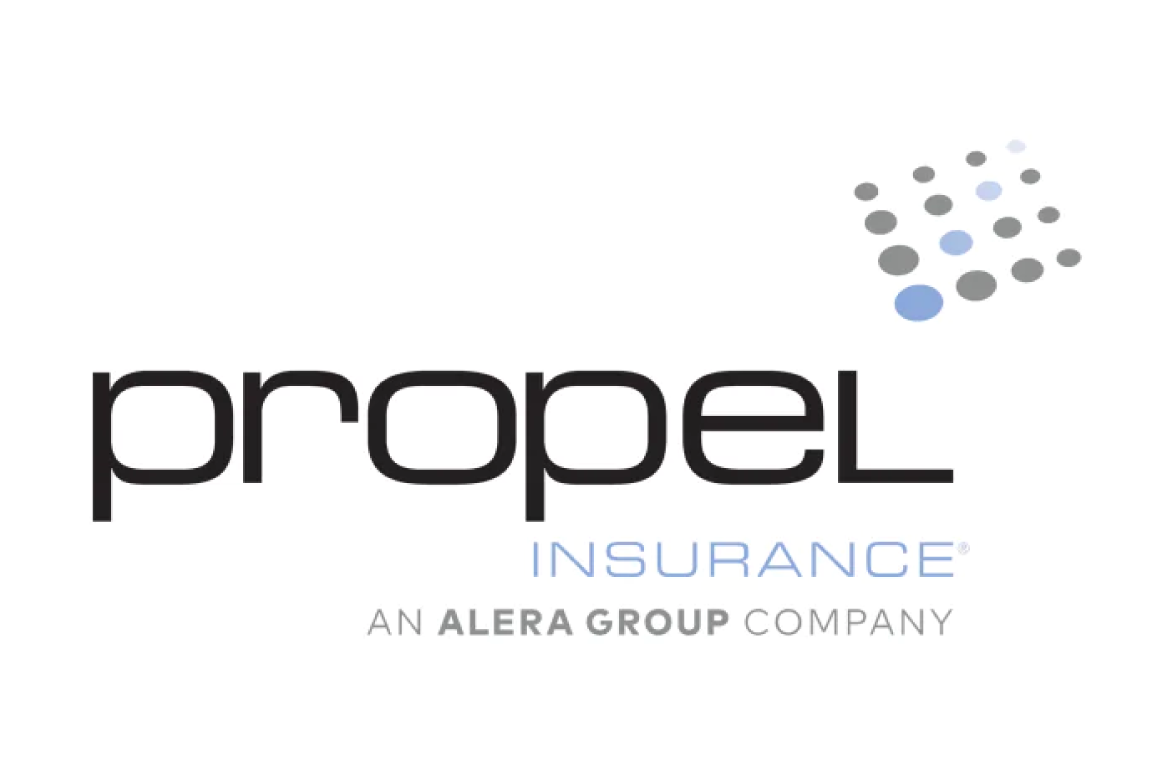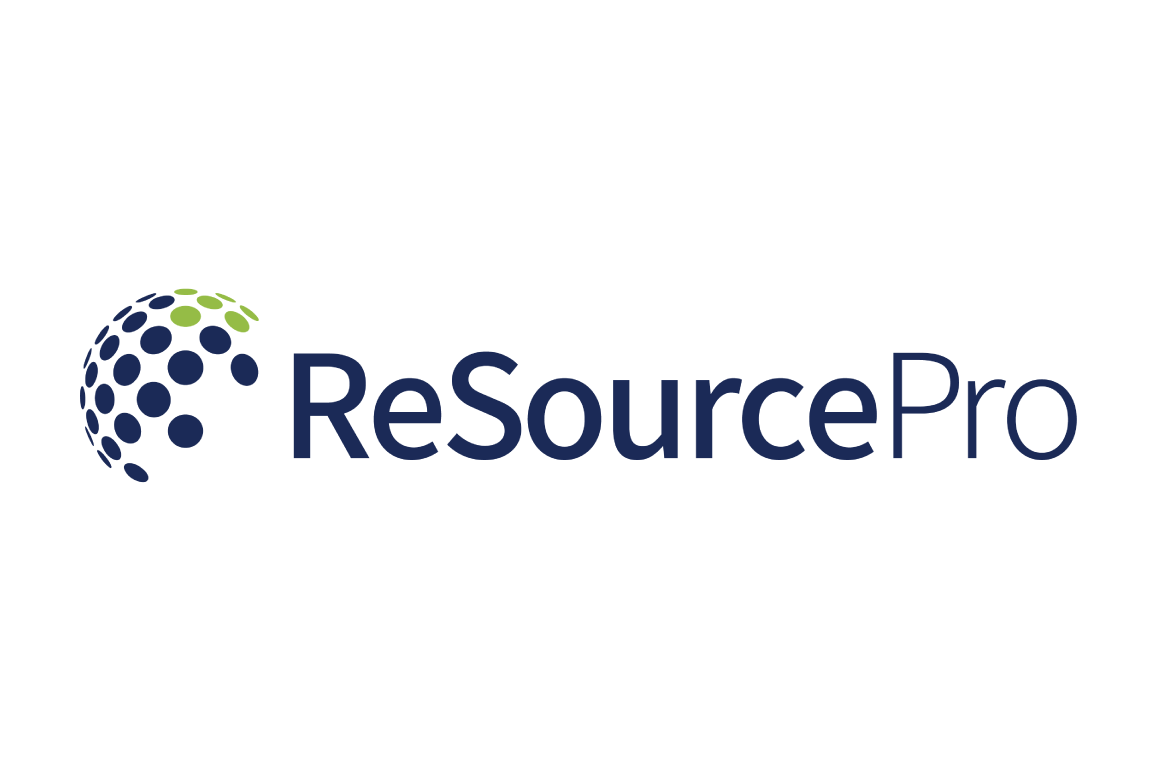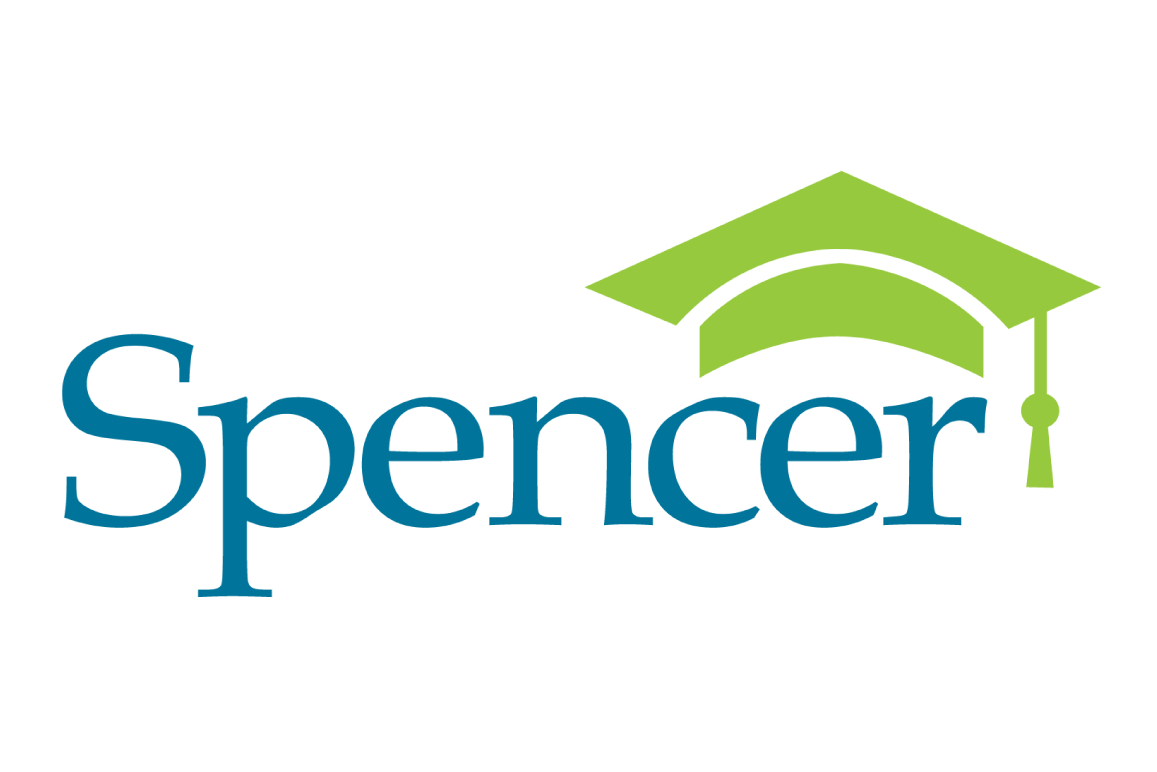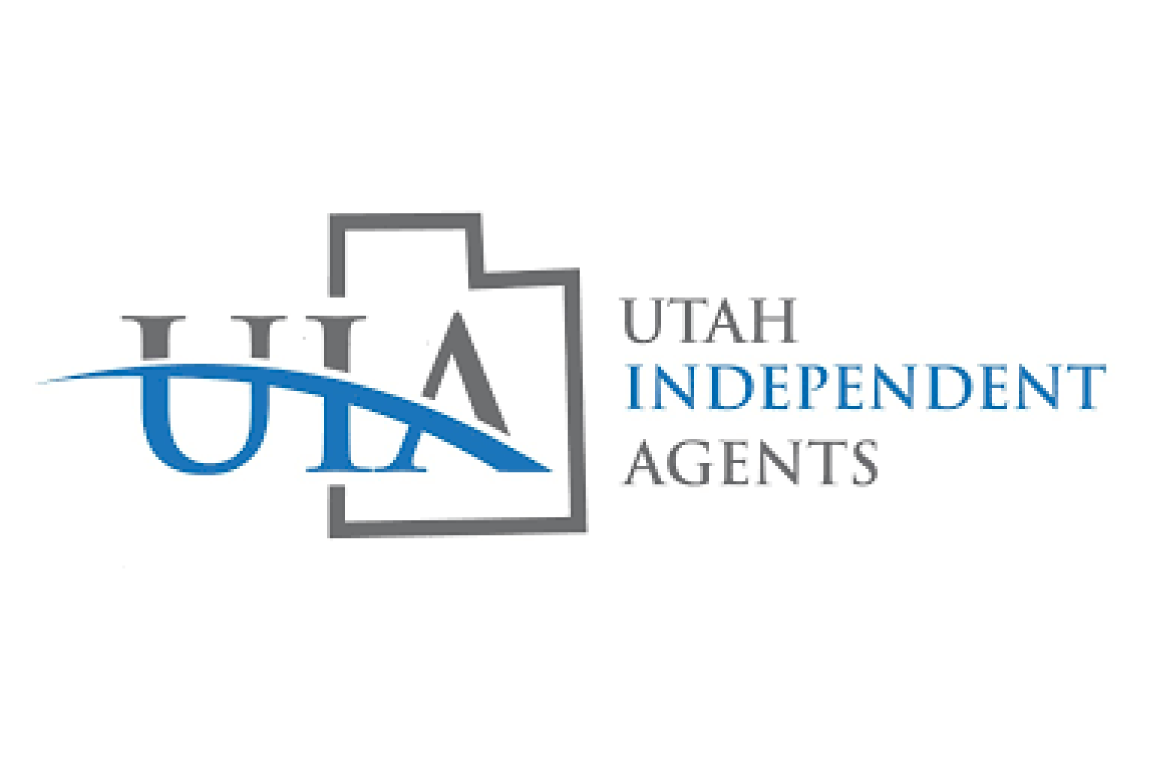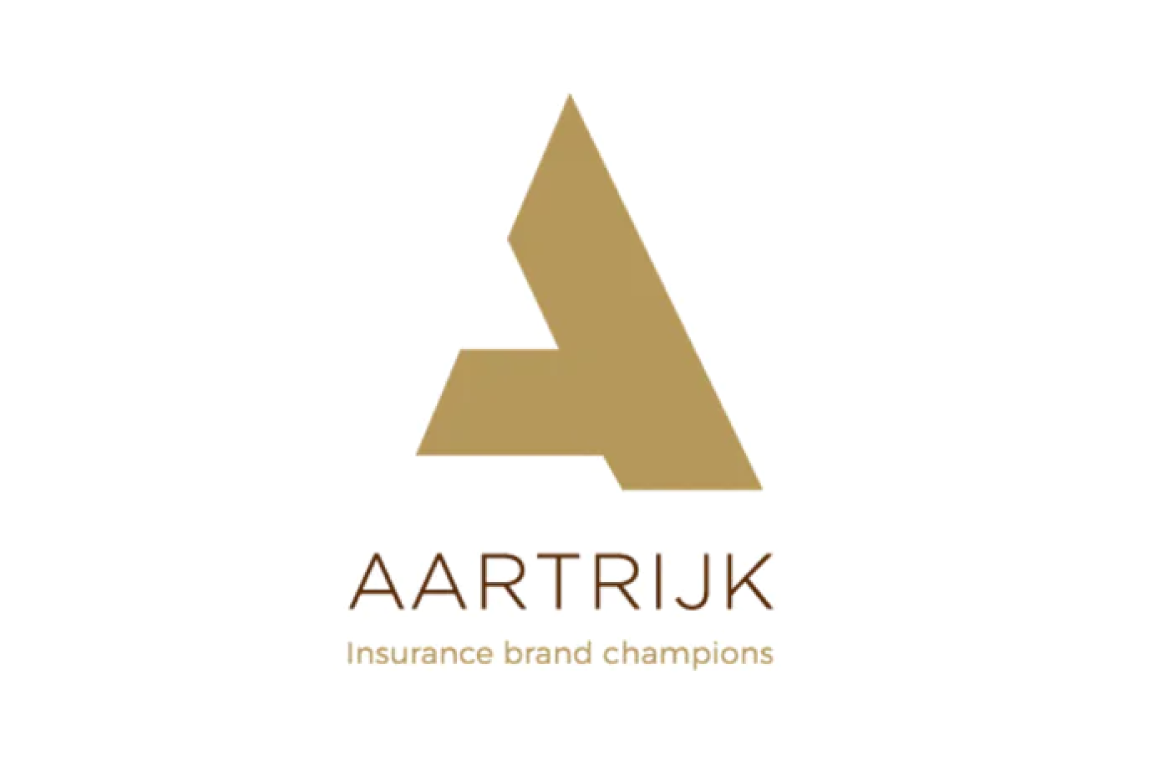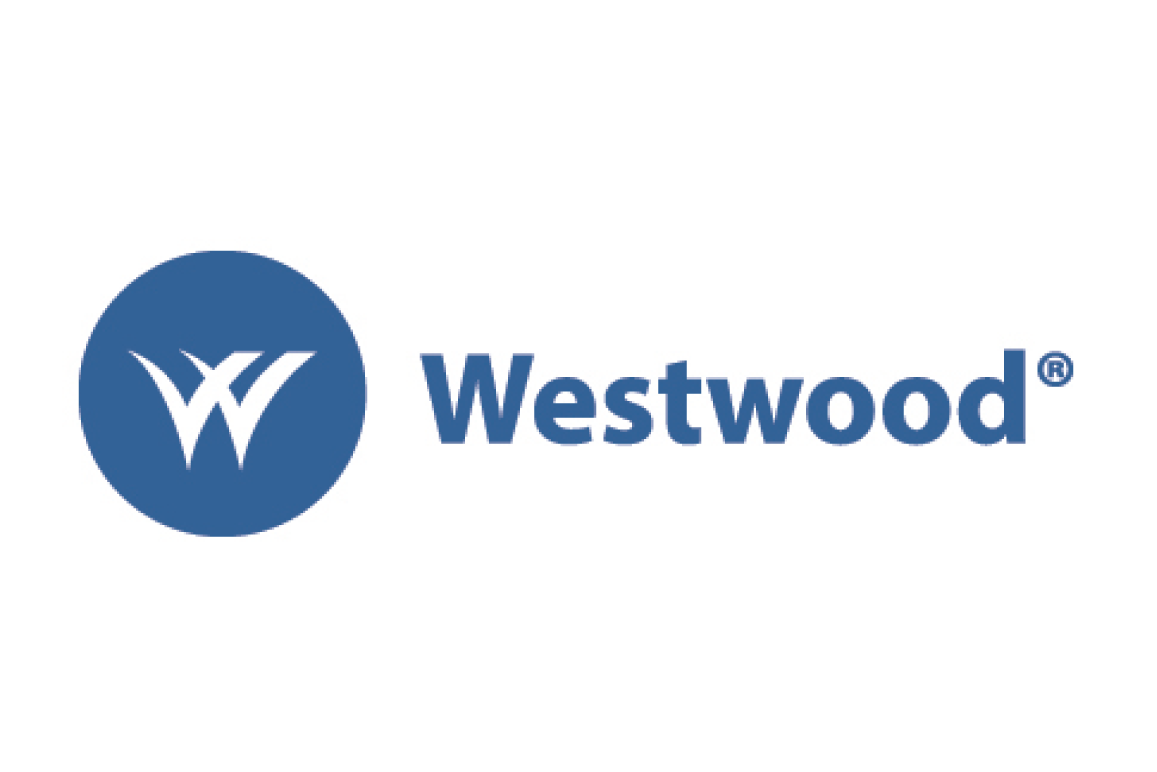By Laura Sherman, CPRM, CAPI
As we insurance agency professionals make plans for the future, the saying “what got us here won’t get us there” comes to mind. We can no longer rely solely on time-tested policies and procedures, technology, and familiar personnel strategies to take us into the next decade. As insurance advisors, we all need to begin laying the foundation for the future today so we can remain relevant to our clients and other stakeholders.
In other words, we need to start working on the business rather than just working in the business. As we plan our time and resources in this endeavor, where do we need to be investing? Here are the top three things we should we working on weekly.
1. Build the Pipeline: Technology, Talent, and Products
To be ahead of the game, we need to use our imagination—to be in the vanguard of technology, talent, and products. Many insurance agents rely on insurers to drive innovation, but as the lines between insurers and insurance agencies blur, we as agents must take the reins before new non-insurance tech firms swoop in and disrupt the model. We all know what Uber did to the taxi industry, and how Netflix became the Blockbuster-buster.
Technology
The need for significant and discerning investment in the right technology cannot be overemphasized. Massive cyber security breaches have grabbed national headlines in recent years, and the frequency and severity of cyber-attacks are getting more intense by the day. As guardians of our clients’ confidential information, we must understand the data exposure threat, fortify our defenses, and adapt as attacks become more insidious.
Technological advancement also presents enormous opportunity for our industry. In the era of Big Data, client information can be amassed and leveraged to anticipate a client’s needs. More than ever, partnering with the right data scientists, technology, and IT firms has become mission critical. The right partnerships will allow us to have the best of both worlds: a personal, local client presence empowered and protected by a robust digital platform. Investing in technology can help augment the client journey and increase internal efficiencies and productivity.
Talent Shortage
According to Gartner’s Emerging Risks Survey,1 staff shortage has become among the top emerging risks organizations face globally. In April 2019, the U.S. unemployment rate was 3.6 percent—the lowest jobless rate since December 1969. Unfortunately for the insurance industry, vying for the attention of this relatively limited talent pool is a challenge as our industry battles a perception as a less-than-trustworthy sector of the economy. It is vital that we as an industry modernize and articulate our value proposition to potential candidates.
And we need to start now. We must begin to recruit new talent into our industry to build the next generation of industry professionals and leaders, keeping in mind that it takes two to three years to fully train an account manager or sales professional.
Start with creating a meaningful purpose or mission statement for your organization to attract new talent to your firm. Find a charity or two and make philanthropy part of your value proposition. Purpose-driven organizations with a commitment to their communities outperform other organizations two to one. Interestingly, next-gen talent wants to align with firms who have a strong purpose and commitment to their communities.
Your purpose statement doesn’t have to be fancy or complex. Think about what you do and how you help your clients focus their passions to achieve their dreams. Begin to share your firm’s purpose with the community, your clients, and your team.
Products
Clients crave options that offer tailor-made solutions for their individual risk exposures. Data and technology are helping drive the confluence of proprietary product creation with traditional and non-traditional capital sources, but currently, the potential remains untapped.
According to the World Insurance Report from Capgemini,2 insurers’ product pipelines are not aligned with clients’ growing concerns over emerging risks. From evolving social and demographic trends to rapidly changing cyber advancements, disruptive environmental patterns to new medical and health concerns for the family and pets—traditional insurance companies and agencies are not nimble enough to respond quickly to new and ever-changing risks.
Think about how slowly we responded to the shared economy, the Internet of Things, and even the emergence of a new hobby—consumer drone piloting. The Parrott AR Drone, a smartphone-controlled quadcopter for consumers, was introduced at the Consumer Electronics Show in Las Vegas in 2010. Almost a decade has passed, and as an industry, we still haven’t fully realized the vulnerability of claim costs for drones as it relates to violation of privacy, liability claims, property damage, cyber attacks, and even war.
2. Become a True Advisor
All the industry reports and experts agree: we must become true advisors to our clients if we wish to be in business in the future. Clients can now circumvent our industry’s historical business model and simply go to the web to comparison shop and buy the cheapest coverage. We must develop ways to both be and be perceived as subject matter experts, as partners, and even as the quarterback who executes all our clients’ insurance needs.
If we can’t help them secure the coverage they need, we better have a relationship with someone who can. Creating and nurturing meaningful relationships with risk management vendors (alarm companies, actuaries, etc.) and other insurance professionals, will expand our ability to provide solutions and bring value to the client relationship. Seeking certification and insurance and risk management education to keep your knowledge and skills updated shows your clients that you are on top of emerging issues that may affect them.
In short, we must be the one our clients think of when they buy a new house, need medical coverage for their employees, or qualify for Medicare. The relationship, rapport, and trust you engender as a true advisor for your clients will endure as our industry evolves.
Risk Prevention
As the risk landscape changes and we continue to experience severe weather events, the industry needs to educate clients on loss mitigation techniques and risk prevention services. Historically, these services were reserved for businesses and large complex personal estates. Today, everyday consumers want to protect their homes from anything from water damage to wildfires, understand emerging risks, and collaborate to get more personalized guidance and counsel.
The 2019 World Insurance Report3 found 45% of the average business customers are willing to share additional data for risk control and prevention services, and 36% are willing to pay for it. Cyber risk is on the minds of many commercial clients. Are you offering a cyber risk policy to every single commercial client? What are you doing to help your clients prevent losses from occurring? Partner with your insurance companies and local vendors to become the go-to advisor for your clients and community.
3. Enhance the Experience
Our clients are our best potential source of client referrals. Who better to advertise your value propositions or articulate why someone should work with you than your clients? What are you doing today to cultivate the fertile ground of client referrals?
Bain Consulting conducted a study4 which revealed 80% of companies claimed to deliver a superior customer experience, yet a staggering 8% of their customers agreed with that assessment! Clearly, there is a disconnect. And, with client attitudes, behavior, and demands continuing to evolve, our ability to meet and exceed their expectations needs to keep pace. A 2014 Ernst & Young Global Insurance Survey5 found that 57% of consumers want to hear from their agents at least semi-annually, and only 14% are very satisfied with their current outbound communications.
Clients today demand a frictionless experience. No longer can we remain reactionary and think our retention numbers will stay the same. Clients are not comparing us to the insurance agency down the street, but rather to the exceptional client experience they enjoy with other vendors—whether it is a credit card company, online retailer, or pizza parlor. Clients may have found these vendors immediately responsive to them, recognizing them when they call, automatically pulling up their last order, and seamlessly completing a transaction because their credit card is on file. Think about it. Once you receive an order from Amazon.com overnight, are you content to wait two weeks for a similar product from a competing company?
Our clients also crave a multi-channel experience. They want 24/7 availability online, and we need to adapt. Whether it is online access, text, or telephone via extended hours, we need to begin preparing now for the next wave of service changes.
But as an industry, we have historically been plodding in our processes and glacial in our response to change. As we all know, the number one reason clients leave advisors is due to lack of communication. In this ever-changing insurance landscape, severe weather is more common, rates continue to increase, and technology to prevent losses is pervasive. Personal and frequent connection with our clients and cultivation of our role as a counselor also needs to be more common.
Get Started
Schedule time. First, schedule time each week to work on the business rather than just in the business. This goes for all of us, whether we are a relationship manager, sales professional or agency owner. We should all be working together to move our firms and our industry forward.
Develop a road map. Use your imagination to create a client journey in which you put yourselves in your clients’ shoes. Outline the path and steps you think your client should take, the potential pitfalls, and how you want your client to feel. Do you communicate the appropriate information, expectations, and timing to your clients?
Prioritize your game plan. Putting pen to paper helps you realize where you are today, your strengths in these areas, and where you can improve.
Collaborate. Find other industry professionals who are in a similar position as you to leverage resources and share ideas. Use outside service firms to provide 24/7 responsiveness, multiple communication channels for coverage, and customized customer solutions for inspiration.
Invest in your firm’s future by taking time to create a new roadmap toward a thriving future—because the one that got us here, won’t get us there.

